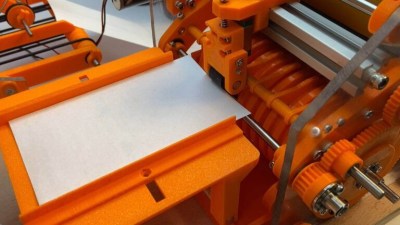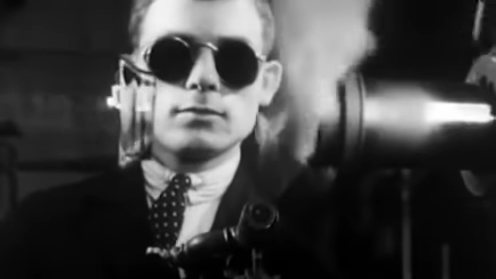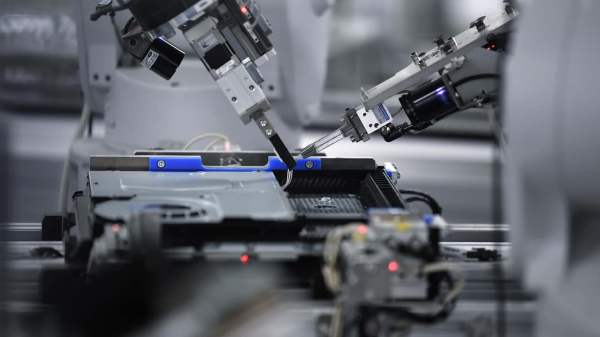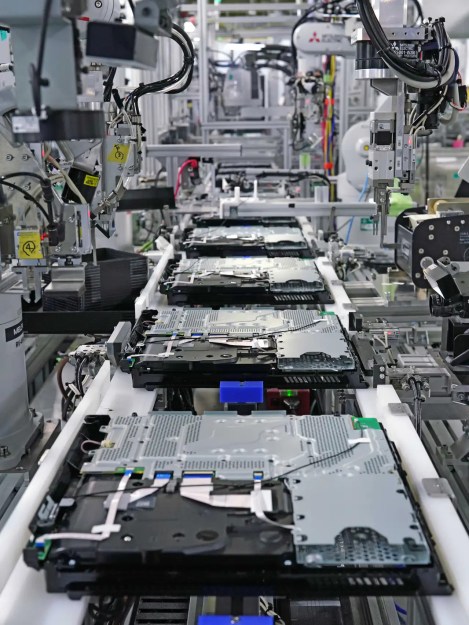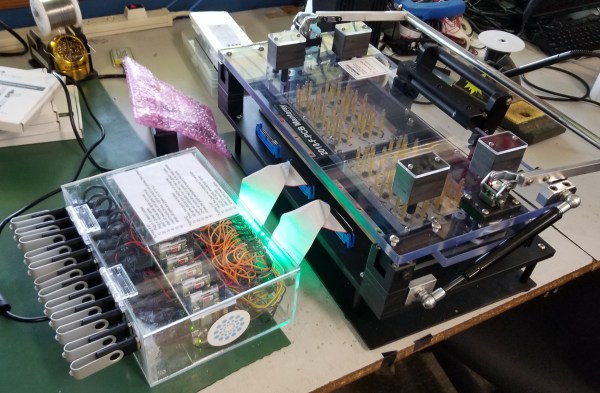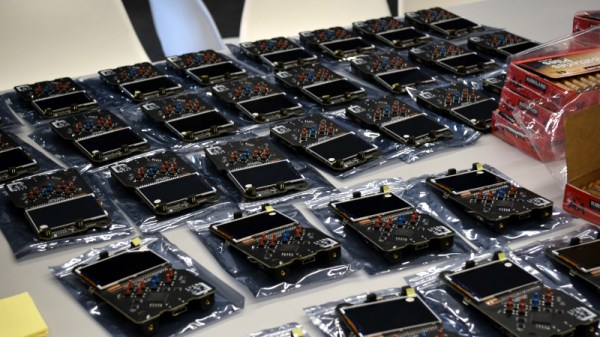Counting objects is an ideal task for automation, and when focusing on a single type of object, there are many effective solutions. But what if you need to count hundreds of different objects? That’s the challenge [Christopher] tackled with his latest addition to his impressive automation projects. (Video, embedded below.)
[Christopher] has released a series of videos showcasing a containerized counting system for various fasteners, available on his YouTube channel. Previously, he built remarkable devices to count and sort fastener hardware for automated packaging, but those systems were designed for a single fastener type. He effectively highlights the vast complexity of the fastener ecosystem, where each diameter has dozens of lengths, multiple finishes, various head shapes, and more.
To address this, he developed a machine that accepts standardized containers of fastener hardware. These uniform boxes can hold anything from a small M2 countersunk screw to a large M8 cap head bolt and everything in between. To identify the loaded box and determine the appropriate operations, the machine features an RFID reader that scans each box’s unique tag.
Once a box is loaded, the machine tilts it to begin counting fasteners using a clever combination of moving platforms, an optical sensor, and gravity. A shelf first pushes a random number of fasteners onto an adjustable ledge. A second moving platform then sweeps excess fasteners off, leaving only those properly aligned. It’s no surprise this system has nine degrees of freedom. The ledge then moves into view of a sensor from a flatbed scanner, which detects object locations with an impressive 0.04 mm resolution across its length—remarkable for such an affordable sensor. At this point, the system knows how many fasteners are on the ledge. If the count exceeds the desired number, a sloped opening allows the ledge to lift just high enough to release the correct amount, ensuring precision.
The ingenuity continues after the initial count. A secondary counting method uses weight, with a load cell connected to the bin where fasteners drop. A clever over-center mechanism decouples the tilting system from the load cell to ensure accurate readings. We love automation projects, and this one incorporates so many ingenious design elements that it’s sure to inspire others for their future endeavors.
Continue reading “Fastener Fusion: Automating The Art Of Counting”




